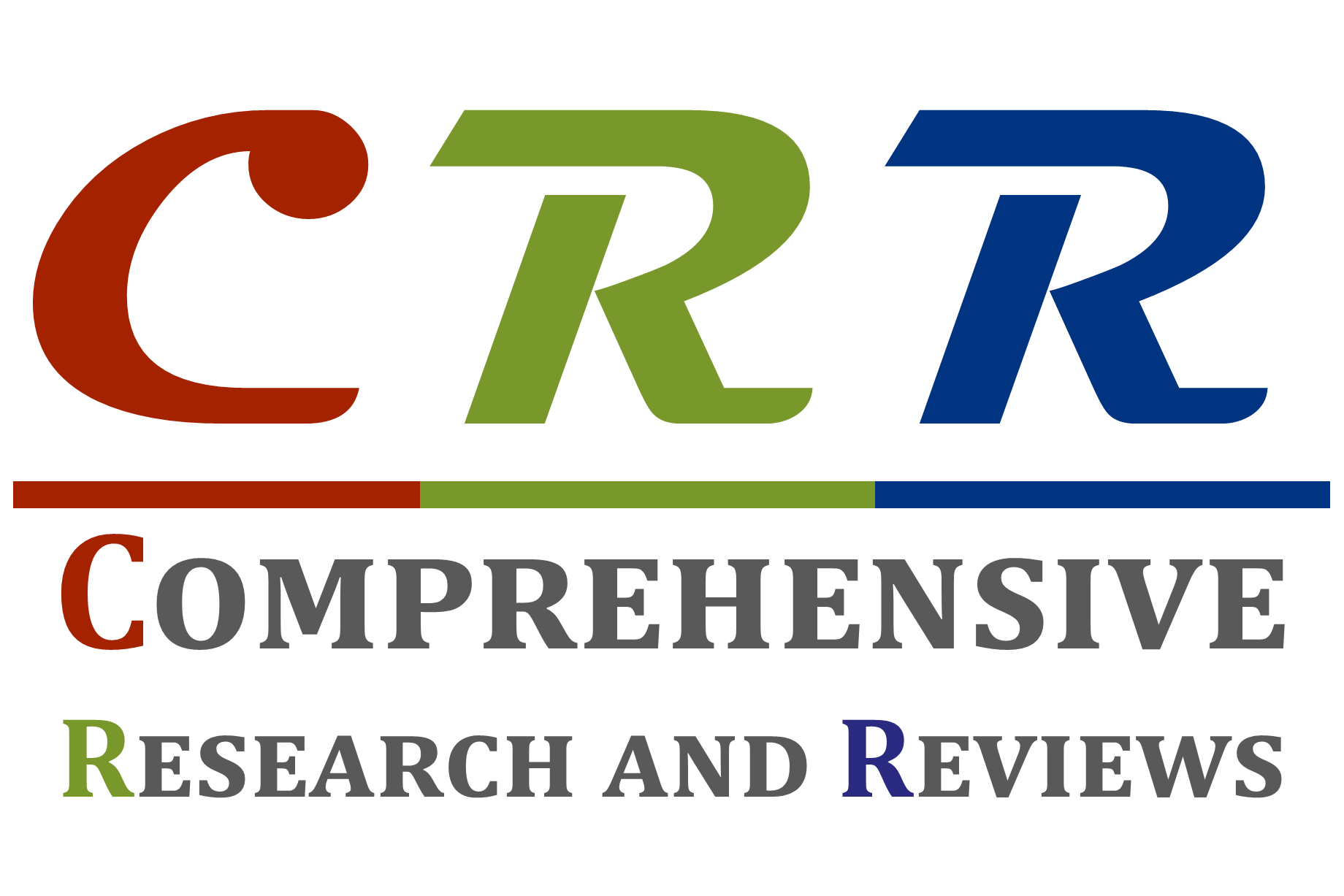Review on middle east respiratory syndrome corona virus in camel: Its public health importance and economic impact
Faculty of Veterinary Medicine, Hawassa University, Ethiopia.
Comprehensive Research and Reviews in Medicine and Dentistry, 2022, 01(01), 001-011 .
Article DOI: 10.57219/crrmd.2022.1.1.0016
Publication history:
Received on 22 July 2022; revised on 25 August 2022; accepted on 28 August 2022
Abstract:
Middle East respiratory syndrome corona virus (MERS-CoV) is a novel lineage C beta corona virus derived from bats which can cause acute viral respiratory disease in humans and in camels. According to a WHO report, MERS cases have been reported from 27 countries and there have been 2,428 confirmed cases, resulting in 838 deaths. MERS-CoV is transmitted to humans through close contact with dromedaries and it causes asymptomatic or mild-to-severe illness in the human population. MERS-CoV uses dipeptidyl peptidase-4 (DPP4) protein in Pipistrelluspipistrellus bats for cell entry. Dromedary camels are a host reservoir species for the MERS-CoV. It is suspected that nasal mucous, sputum, saliva, milk or uncooked meat of infected camels are the main sources of transmission. Several factors such as being male and comorbid pre-existing illnesses are associated with severe disease and high mortality rates in patients with MERS. Studies in Ethiopia, Burkina Faso and Morocco reported that the prevalence of MERS-CoV sero-positivity ranges between 85.1- 99.4%, 73.2-89.9% and 48.3-100%, respectively. The clinical presentation of infected patients often indicate the presence of hemoptysis, sore throat, fever, cough, shortness of breath, and other gastrointestinal symptoms such as diarrhea and vomiting. The average incubation period of MERS-CoV is 6-7 days. No vaccine or treatment is currently available for MERS-CoV. Supportive therapy necessitates respiration and circulatory support, preservation of renal and hepatic function, and prevention of secondary infections. This seminar paper is therefore, intended to highlight the public health and economic importance of the MERS-CoV.
Keywords:
Dromedary Camel; FAO; MERS-CoV; OIE; One Health; WHO
Full text article in PDF:
Copyright information:
Copyright © 2022 Author(s) retain the copyright of this article. This article is published under the terms of the Creative Commons Attribution Liscense 4.0
